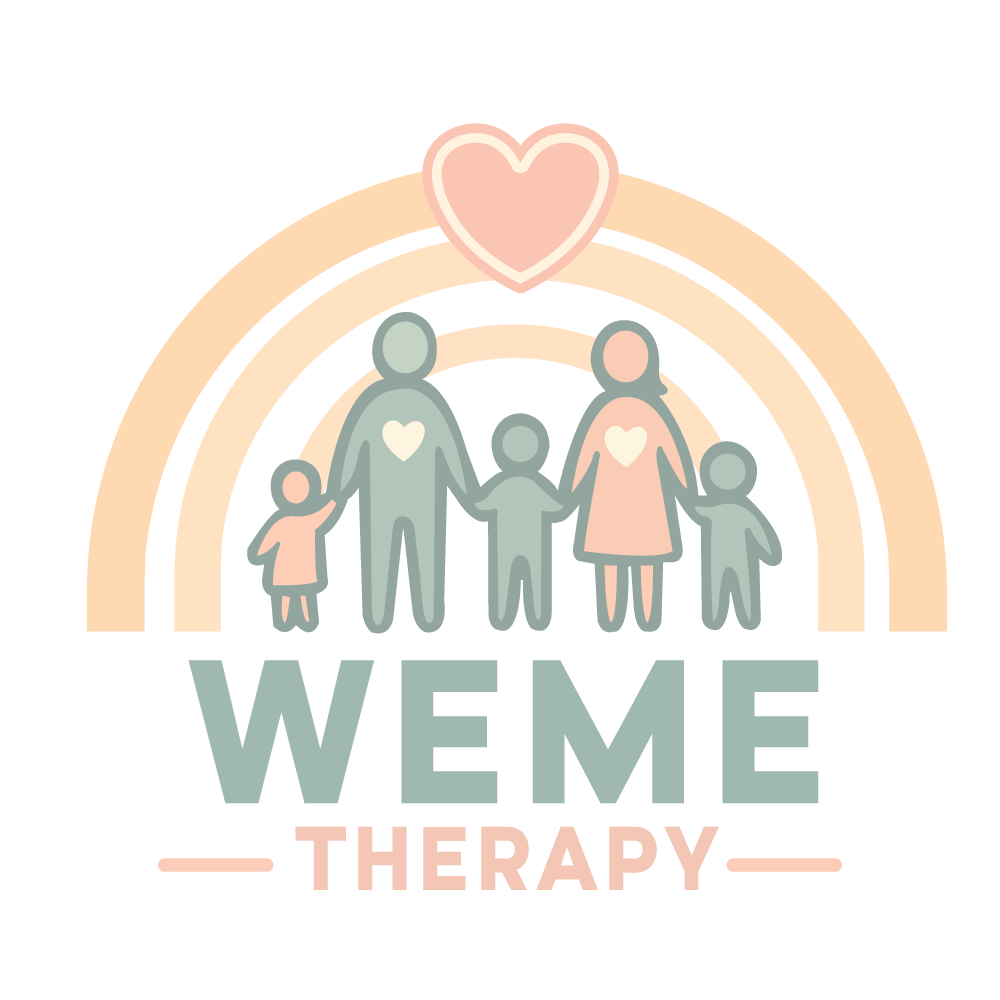When a child screams, throws toys, or drops to the floor in protest, our first instinct might be to manage the behavior. But what if we told you that the behavior is only the tip of the iceberg—a signal, not the source?
Inspired by the groundbreaking work of Dr. Mona Delahooke in her book Beyond Behaviors, this post explores a compassionate, brain-based approach to understanding meltdowns, tantrums, and other big emotions.
Beyond the Surface: Behavior as Communication
In traditional approaches, we often focus on what a child is doing—hitting, yelling, refusing. But as Delahooke explains, “Behavior is just the signal. It’s not the problem itself.” This shift in thinking invites us to ask:
What is this behavior telling me about what my child is experiencing inside?
Whether it’s a tantrum at bedtime or frustration during a playdate, children aren’t giving us a hard time—they’re having a hard time.
The Nervous System Speaks First
From a neurodevelopmental lens, a tantrum often signals that a child is experiencing stress beyond their capacity to manage. Dr. Delahooke refers to this as the “felt safety” principle: a child’s ability to regulate depends on whether they feel safe—emotionally, physically, and relationally.
When the brain perceives threat or overload (even from loud noises, transitions, or internal discomfort), it shifts into survival mode—fight, flight, or freeze. The behavior that follows isn’t willful defiance; it’s the nervous system doing its best to protect itself.
What You Can Do: Responding with Compassion
Instead of jumping to consequences or rewards, here are three ways to support your child through a tantrum:
1. Stay Regulated Yourself
Your calm nervous system is their anchor. Breathe deeply, lower your voice, and stay grounded—even when your child isn’t.
2. Validate and Acknowledge
Try saying, “You’re having such a big feeling. I’m here with you.”
This lets the child know that they’re not alone and that emotions are safe.
3. Connect First, Then Guide
Once your child has calmed, gently help them reflect:
“What happened?” “What did your body feel like?” “What can we try next time?”
Over time, this builds interoception (body-awareness) and emotional intelligence.
Why This Matters
By going “beyond behaviors,” we shift from managing behavior to understanding the whole child—including their sensory sensitivities, developmental readiness, and emotional world. This not only reduces power struggles but deepens connection, trust, and long-term regulation skills.
As Dr. Delahooke beautifully puts it, “The most effective way to change behavior is to understand it.”
Want more insights like this?
At WeMeTherapy, we support children ages 0–6 and their families through one-on-one sessions, parental coaching, and holistic approaches to behavioral and emotional wellness.
Let’s explore what your child’s behavior is really saying—together.
Subscribe to our blog, follow us on Instagram @WeMeTherapy, or schedule a discovery call today.

